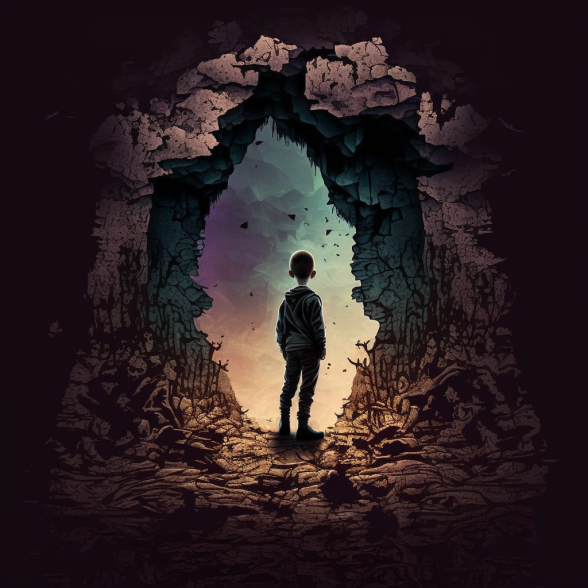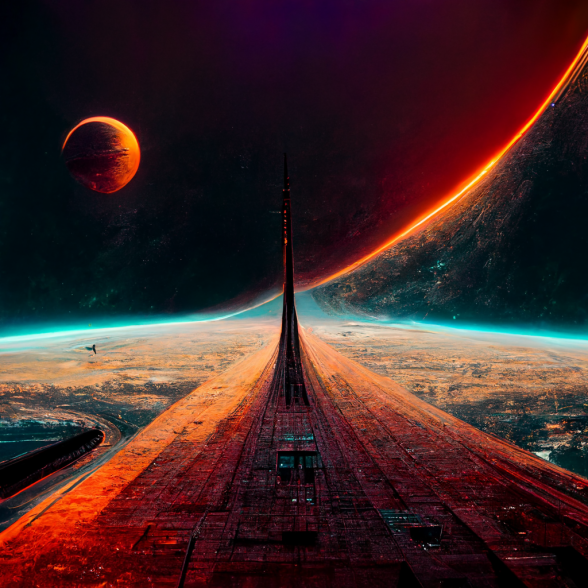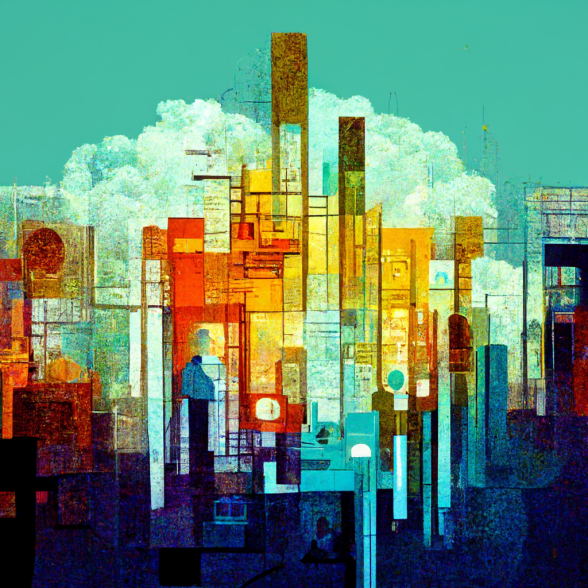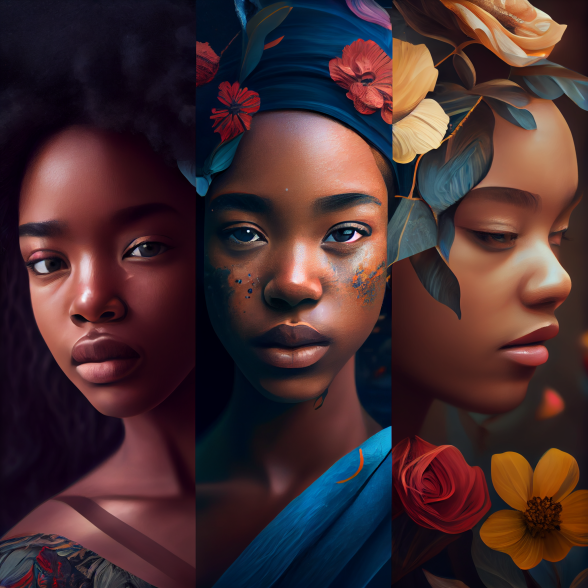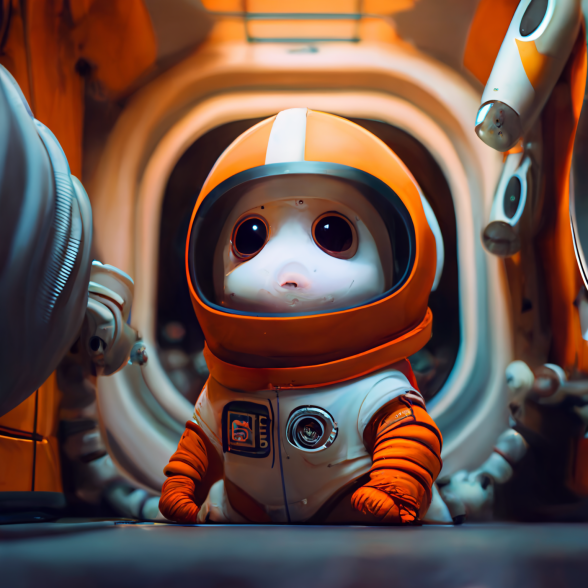The Evolution of Art in the Digital Age: Exploring the Impact of Technology on the Artistic World
In the digital age, art has taken on new forms and dimensions, thanks to the rapid advancement of technology. Digital art, in particular, has emerged as a dynamic and exciting medium, allowing artists to push the boundaries of creativity and explore new forms of expression.
Digital art encompasses a wide range of mediums, from computer-generated images and animations to interactive installations and virtual reality experiences. It has opened up new avenues for artists to experiment with form, color, and composition, and has expanded the possibilities for artistic collaboration and interaction.
One of the key benefits of digital art is its accessibility. Unlike traditional art forms, which may be limited to physical galleries or exhibitions, digital art can be shared and experienced across the world, thanks to the internet and social media. This has opened up new opportunities for artists to connect with audiences and build their fan base, regardless of their location.
But digital art has also raised new questions and challenges for the artistic world. How do we define “art” in the digital age? How do we preserve and display digital artworks? How do we protect the intellectual property rights of artists in the digital realm?
Despite these challenges, digital art continues to flourish and evolve, with new technologies and tools emerging every day. It has become an integral part of the artistic landscape, with many artists choosing to work exclusively in digital mediums.
In this article, we’ve explored the evolution of art in the digital age, and how technology has impacted the artistic world. Whether you’re a digital art enthusiast or a traditional art lover, there’s no denying the power and potential of digital art to inspire and transform our world.

